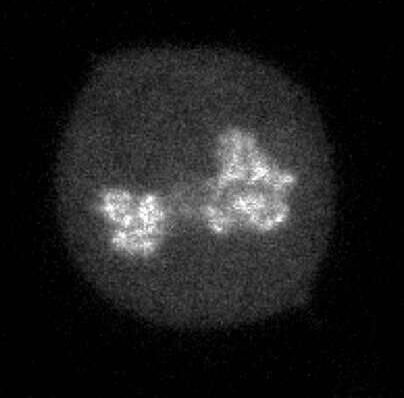Transcription factors (TFs) are specific proteins that regulate gene expression, which can search for and bind specific regions in the entire genome to regulate gene expression. We all know that transcription factors not only bind to specific DNA sequences, but also bind non-specifically to any DNA strand. These non-specific associations can significantly increase the ability of transcription factors to find specific targets. However, researchers are not aware of how the…
Month-end Check-Nature
Dna2 Deficiency May Result in DNA Insertions at Chromosomal Breaks
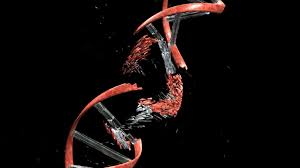
Cells have many mechanisms to protect genomic integrity, including the process of repairing errors that may occur during DNA replication. The Dna2 nuclease is involved in DNA repair, but little is known about its effect on chromosomal instability. In a new study, researchers from several research institutions, including Baylor College of Medicine, revealed that when Dna2 is missing, smaller DNA fragments jump from the entire genome to the chromosomal breaks….
Ways to Promote Durable Weight Loss in Obese Patients Found
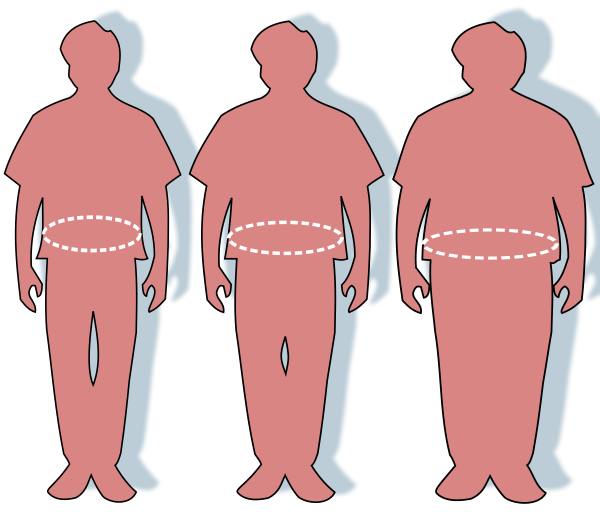
Recently, in a study published in Nature Medicine, researchers from Charite Medical College in Berlin successfully treated obese patients due to hereditary defects. The new drugs developed by the researchers not only benefit patients, but also help them understand the basic signal pathways that regulate the satiety of this new drug. Gene mutations that encode leptin receptors induce individuals to become extremely hungry during the first few months of…
Nature: Multiple Parkinson’s Related Brain Disorders May Stem from Different Strains of α-Synuclein
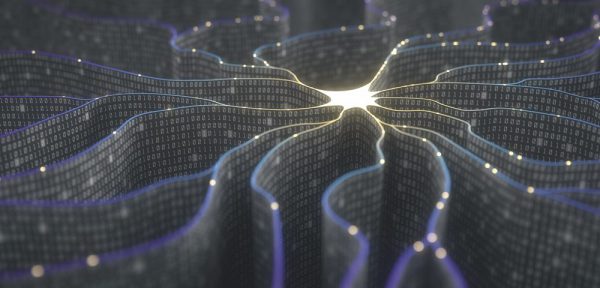
Recently, in a study published in Nature, researchers from the University of Pennsylvania have found that the main features of different Parkinson‘s-related brain disorders may be intracellular misfolded proteins; the authors found that the pathological form of α-synuclein is the culprit in the induction of many diseases. Dr. Chao Peng said that the influence of cell types on different α-synuclein variants may be able to solve the most important…
Cryo-EM Technique – Uncovered the Atomic Structure of a Key Alzheimer’s Protein for the First Time
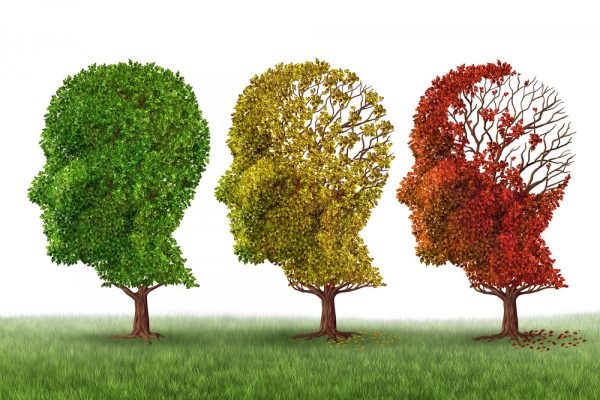
Tau protein abnormal deposit is one of the most important characteristics for Alzheimer. Recently, a new finding published in Nature obtained high-resolution images of those protein deposit structures caused by Alzheimer and other neurodegenerative disease for the first time. These finding can help scientists understand how these protein harmful deposit process function at the molecular level, and help develop new treatments to prevent the formation of these proteins, and thus…
How does FGF-dependent Metabolic Control Vascular Development?
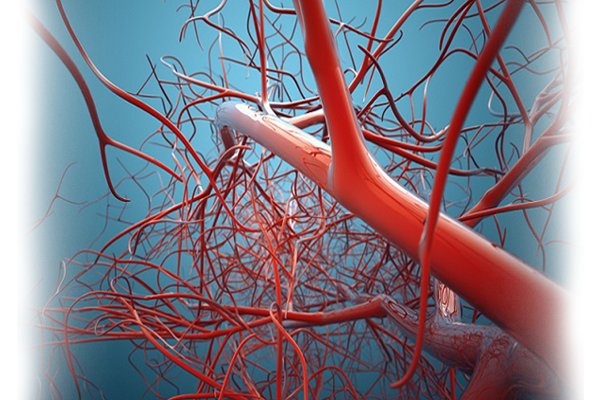
The vasculature is the earliest organ to develop. Unlike other organs it has to be functional throughout development and therefore has to constantly adapt to the changing requirements of embryogenesis. As soon as an embryo grows bigger than about 2mm it critically depends on a functional vasculature because passive diffusion is not sufficient to supply all cells with oxygen and nutrients. Similar to embryos, any tumor wanting to grow bigger than…
XRCC1 Mutation Is Associated With Cerebellar Ataxia
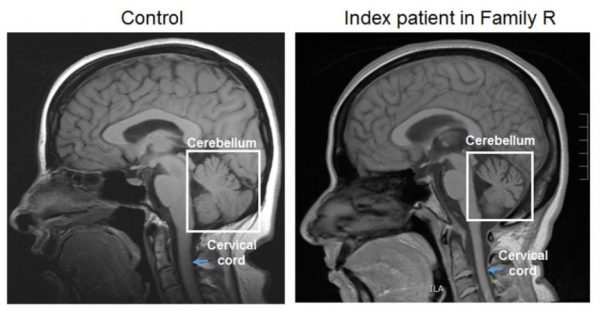
Cerebellar ataxia can occur as a result of many diseases and presents with symptoms of an inability to coordinate balance, gait, extremity and eye movements. There are many causes of cerebellar ataxia including, among others, autoimmunity to Purkinje cells or other neural cells in the cerebellum, CNS vacuities, multiple sclerosis, infection, bleeding, infarction, tumors, direct injury, toxins, genetic disorders, and an association with statin use. Inherited (genetic) forms of ataxia…
Month-end Check: Biotech study topics in Nature-October
Gene-editing record smashed in pigs For a long time, scientists are working to create a steady supply of human organs for transplantation by growing them in pigs. But concerns about rejection by the human immune system and infection by viruses embedded in the pig genome have stymied research. In a current research, by modifying more than 60 genes in pig embryos-ten times than have been edited in other animal. Researchers…
Month-end Check: Biotech study topics in Nature-September
Giant study poses DNA data-sharing dilemma A commonly discussed issue: should the information about disease risk, especially genetic data be shared with participants. Some say participants should at least have the right to know their personal data to investigate their own health, but some specialists say showing participants their data is irresponsible for the information can’t be interpreted by every person. The significance is always uncertain. People who get know…
Month-end Check: Biotech study topics in Nature-August
Caution urged over editing DNA in wildlife (intentionally or not) A work describing the use of a gene-editing technique to insert a mutation into fruit files that would be passed on to almost all of its offspring has brought the concern about bioengineering in to a more fierce debate. A lot of scientists feel uneasy about this study: what if the engineered creature escaped from the lab? The mutation might…
